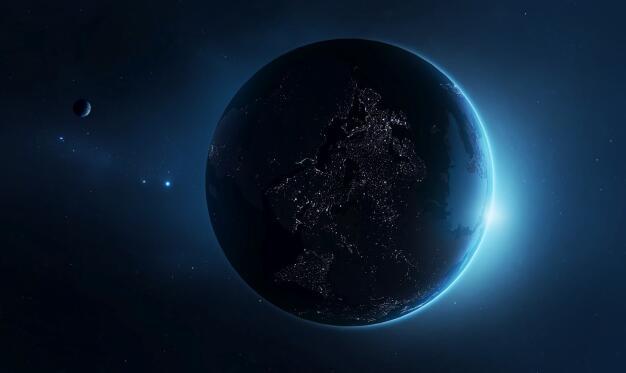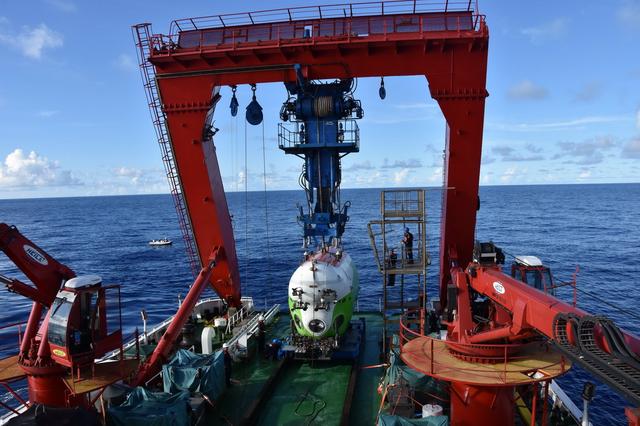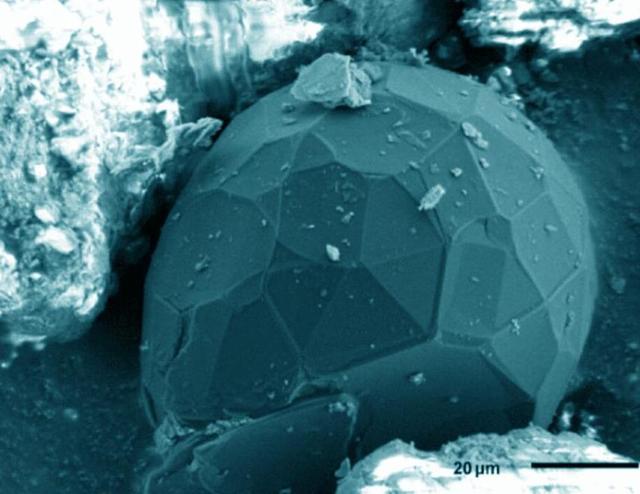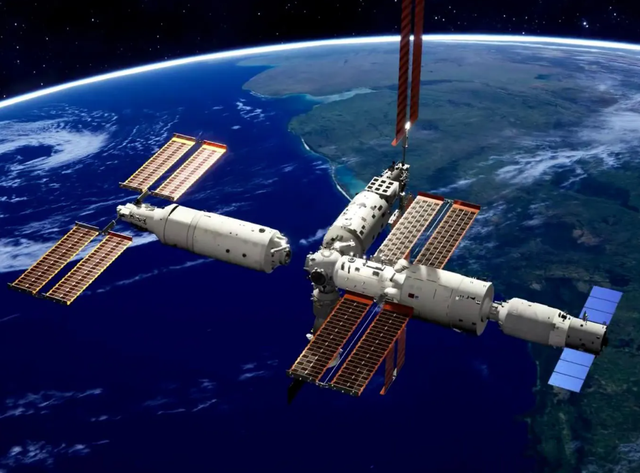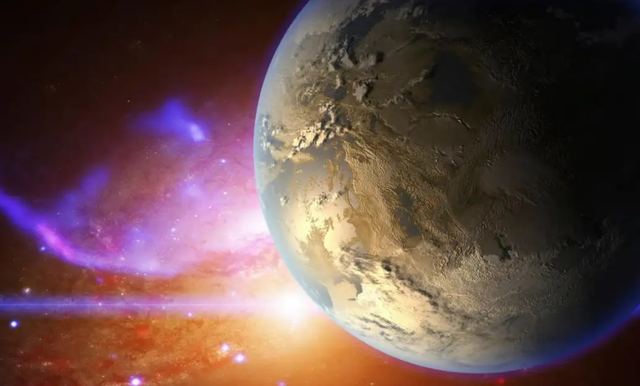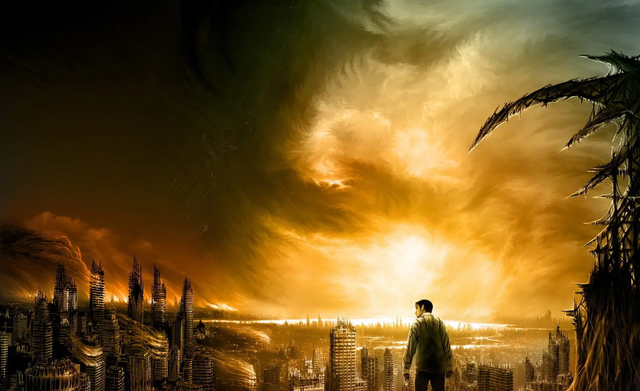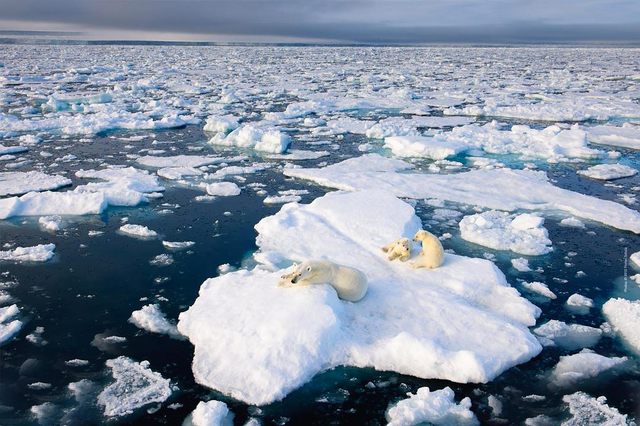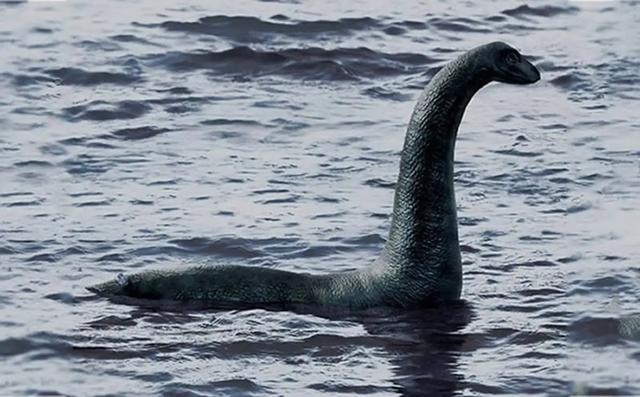Earth is the only home we have in the universe and the only planet we know of so far that has life on it, and because of this, we usually think of it as a perfect planet.
However, scientists have come up with a different view: The earth is not as perfect for life as we think, and there are probably planets in the universe that are more perfect than the earth.
Why is it that the earth is not perfect?
The main factor is that the earth's primary star, the sun, is not the most life-friendly star in the universe.
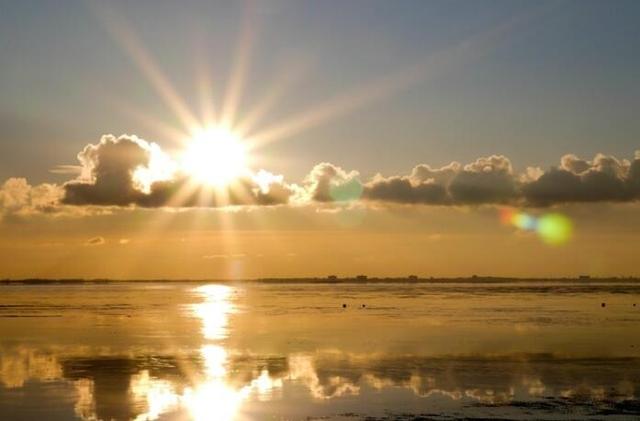
The more massive a star is, the more intense the fusion reactions at its core, and the more intense the fusion reactions, the more energy released will prevent more of the star's outer material from entering its core, resulting in a greater waste of 'fuel'. The more massive a star is, the shorter its lifetime.
Stars with too much mass emit too much energy and have too short a lifespan, making them unfriendly to life.
Stars that are too small have long lifetimes but emit so little energy that planets must be close to them to get enough energy, and a planet that is too close can be tidally locked, while stars that are too small are unstable and often have huge flares on their surfaces, so they are also unfriendly to life.
In other words, only stars that are neither too massive nor too small can provide good conditions for life, and the only two types of stars in the universe that do so are yellow dwarfs (g-type dwarfs) and orange dwarfs (k-type dwarfs).
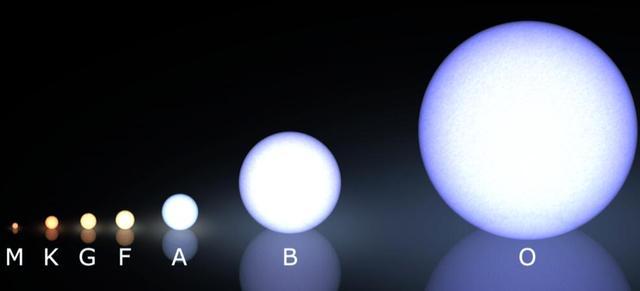
The mass of a yellow dwarf is 0.8 to 1.2 times the mass of the sun, while the mass of an orange dwarf is 0.5 to 0.8 times the mass of the sun, which means that orange dwarfs live longer than yellow dwarfs (because of their smaller mass). Generally speaking, yellow dwarfs have a lifetime of about 10 billion years, while orange dwarfs can have a lifetime of 30 billion years or more.
This means that orange dwarfs provide a longer time for life to develop, and are therefore more perfect for life than yellow dwarfs. Unfortunately, the sun is a yellow dwarf star that has been 'burning' for about 4.6 billion years now, while scientists estimate that it has only about 5 billion years left for life on earth.
Do more perfect planets than earth exist?
Apart from the main star, the earth itself is not perfect. For example, it has too much land concentration, which prevents warm, moist air from the oceans from reaching the depths of the land, creating large deserts and wastelands unsuitable for life, whereas a habitable planet with a more fragmented land structure and a large number of islands would be a better environment than the earth.
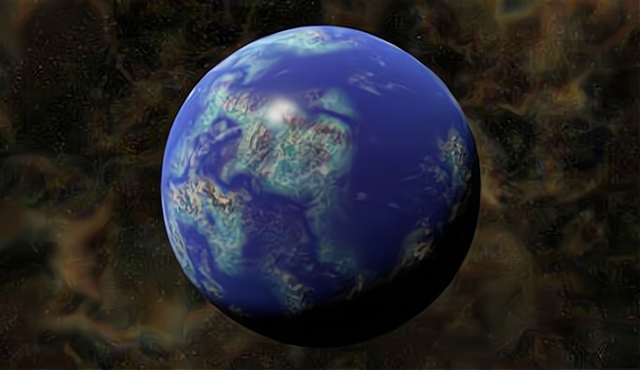
In addition, scientists believe that a habitable planet with an atmosphere containing between 25% and 30% oxygen and slightly larger than earth (up to 1.5 times the mass of earth and up to 10% of the radius of earth) would also have a better environment than earth.
This means that even a habitable planet whose host star is also a yellow dwarf like the sun could be more perfect than the earth. So are there really planets in the universe that are more perfect than earth? As things stand, there is no definitive answer to this question, although scientists have identified multiple candidates.
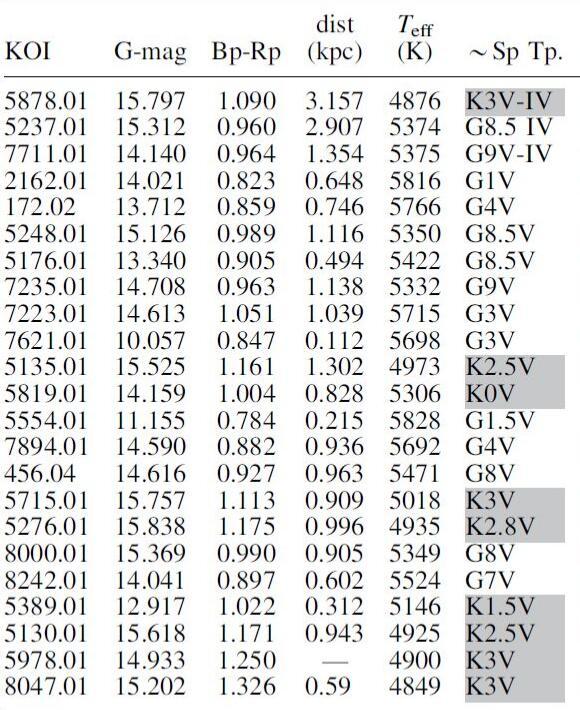
The image above shows 24 planets with great potential for habitability, published by scientists in astrobiology, and of these, nine have orange dwarfs as their host stars (shaded in grey as indicated in the image).
The scientists point out that, due to the limitations of observational techniques, we are not yet able to determine the specifics of these planets, such as topography, surface temperature, atmospheric composition, the presence of water, magnetic fields and large moons, so they can only be called candidates for "More perfect planets than earth" For now.
This is only temporary, however, until new observatories such as the james webb space telescope and the plato space telescope are launched, which will allow us to study these candidates in more depth.
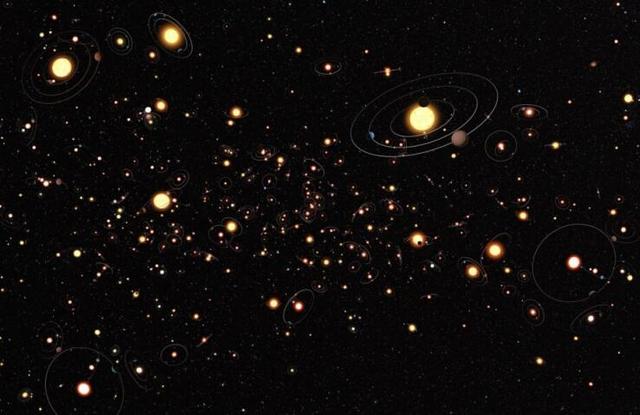
Even by the most conservative estimates, there are at least 300 million habitable planets very similar to earth in the milky way, and it is probably unbelievable that a planet more perfect than earth could not be found among such a large number of habitable planets.
It is therefore entirely possible to believe that in the vast ocean of stars there must be a large number of habitable planets, some of which are even more suitable for life than the earth, and that they may have been waiting for mankind in the mists of the universe.

